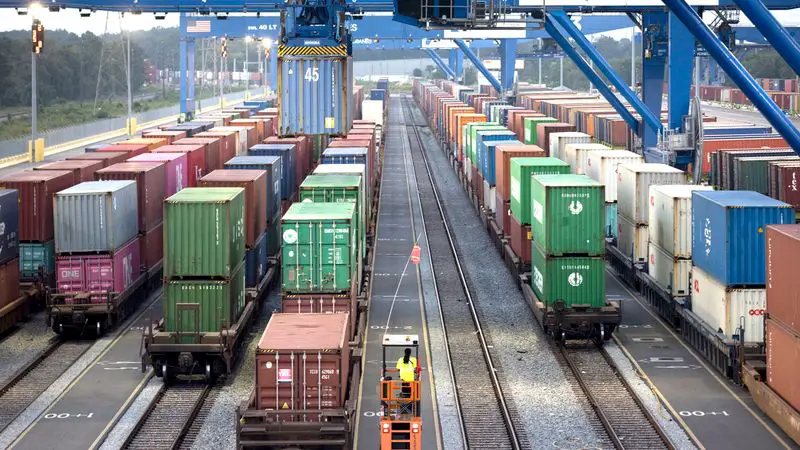The Northeast Georgia Inland Port has been given the green light by the Georgia Ports Authority to increase its capacity. The port, once expanded, will be able to accommodate 60,000 containers annually. Furthermore, it will assist in shortening a truck route that currently travels 602 miles round trip through Georgia.
US$170 million will be spent on the project. If a grant from the Transportation Department’s Maritime Administration is approved, work on the terminal is expected to begin in January 2024. The project is expected to be finished by July 2026.
More information on The Northeast Georgia Inland Port operations
Georgia ports are already expanding steadily. They are getting ready to handle even more cargo with the addition of a new rail terminal. According to a press statement from the port authorities, it handled 12% more TEUs in April 2018 than it did in April 2019. This makes it the third busiest April in history, behind only the numbers for 2021 and 2022.
The Port of Savannah is one of many East Coast entry points that grew during the pandemic. This is because shippers sought reliability and speed from ports in order to avoid disruption. The Northeast Georgia Inland Port and at least two additional planned facilities are among the rail hubs that the port authority is planning around the state to support its growth.
Also Read: Coastal Trade Center to be Developed in Georgia
The Network Georgia concept would allow freight to be staged closer to population centres. Additionally, it would offer direct routes from the Port of Savannah to several regional trade channels. The port recently completed the Mason Mega Rail project at the Port of Savannah. It has already increased the rail system’s capacity by 1 million containers annually.
According to a statement by Griffith Lynch, executive director of the Georgia Ports Authority, “Cargo moving to the region by rail will reduce truck use from seven hours to less than 30 minutes. Expansion projects spanning our berths, terminal space, and rail infrastructure are delivering the capacity we need to handle our projected growth for decades to come.”
